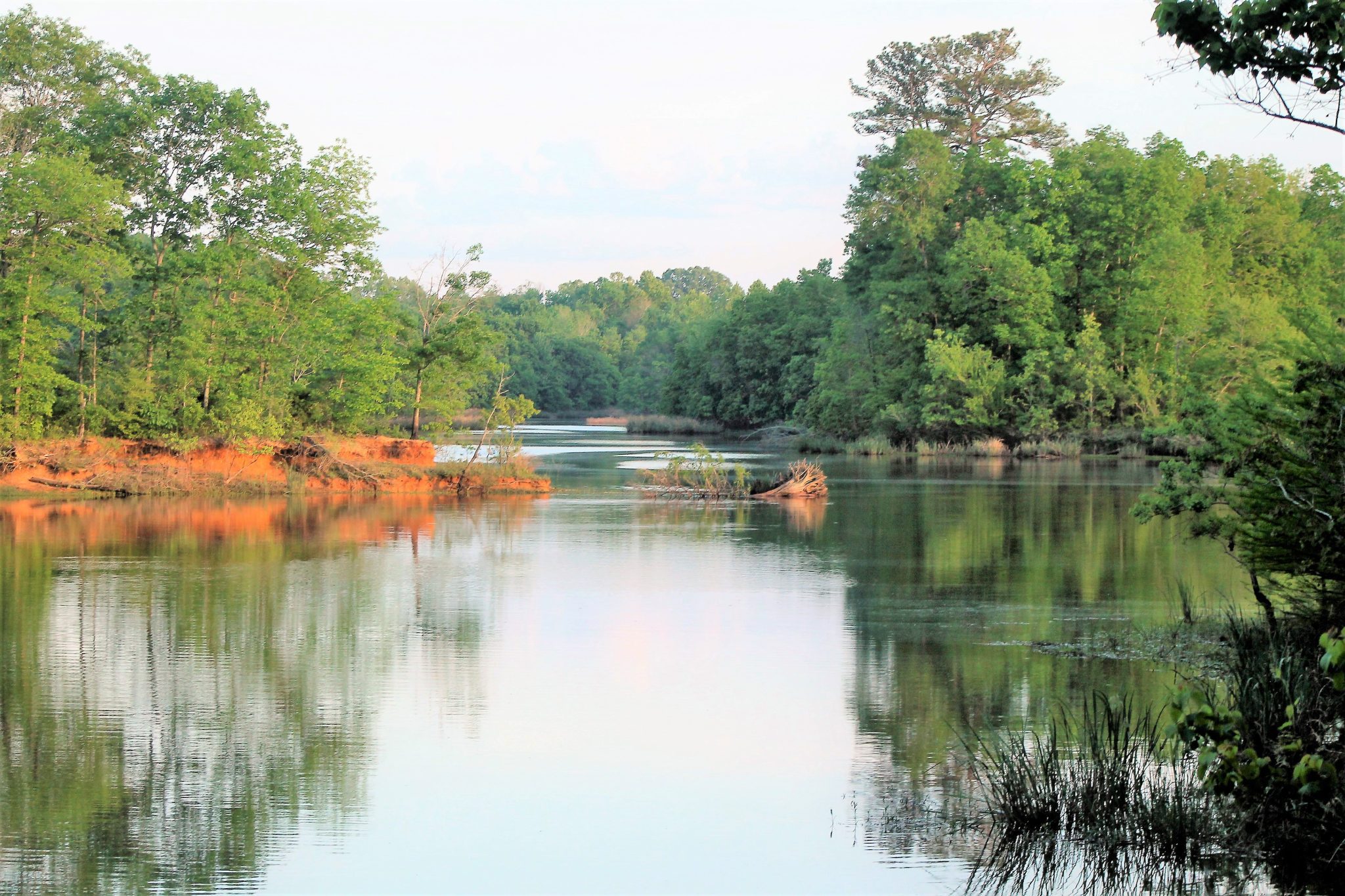Urban Extension

Have you ever noticed the large puddles of water that form on the ground’s surface when it rains? When you look later, the puddles have drained away. So, where did that water go? The answer to that question depends on the watershed you live in.
A watershed is an area of land that drains or “sheds” water into a specific body of water, such as a river, lake, wetland, or estuary. Many times, communities use this water for drinking and household purposes. Knowing your watershed is important because what you do on your property can directly impact your watershed’s water quality.
Water Pollutants
Many pollutants that end up in waterways come from someone’s property. Pollutants are picked up in heavy rains or from solid surfaces, such as parking lots. This water flows from properties into waterways. Polluted water can cause problems for wildlife and affect water quality. We can create healthier watersheds if each citizen helps to prevent pollutants from getting caught up in runoff water.
Common Household Pollutants
Let’s look at some major watershed pollutants, their impact on the environment, and ways to reduce them in runoff water.
Oil and Gas
These pollutants leak from motors or drip onto the ground as you fill gas tanks. Oil and gas, even in small amounts, are toxic to fish and hard to break down. Repair engine leaks and carefully fill tanks to prevent spills.
Pesticides
Pesticides include herbicides, insecticides, rodenticides, and nematicides. These chemicals are used to control pests in homes, lawns, and on agricultural lands. Invertebrate populations and aquatic vegetation can be harmed when pesticides are heavily or directly applied before heavy rains. Pesticides can also affect the quality of drinking water. Use pesticides sparingly around the home. Be especially careful with broad-spectrum pesticides and those that are highly toxic to aquatic ecosystems. Avoid applying pesticides before heavy rains or in areas where runoff is common.
Man-Made Chemicals
Man-made chemicals used daily can also impact water quality. These chemicals include cleaners, paints, solvents, batteries, and pharmaceuticals. These chemicals can degrade drinking water quality and accumulate in animal and fish populations. When this occurs, animals can experience reproductive problems and/or death. Think about the chemicals you use and their potential harm to your health and the environment.
Eroding Soils
Eroding soils can also negatively impact a watershed. Soils that end up in waterways can become cloudy and heat up quickly in the summer sun, impacting fish populations. Additionally, these soils settle in wetlands and alter habitats and spawning areas. Homeowners should make sure to keep all soil covered with mulch or vegetation to prevent erosion.
Bacteria
Bacteria found in watersheds originate from pets and livestock waste with improper disposal or from malfunctioning septic systems. Bacteria and other pathogens can contaminate recreational areas and sicken fish and invertebrate populations. Be sure to carefully clean up after your pets and keep septic systems in good working order.
Fertilizers
Fertilizers are frequently used on home lawns and gardens. Excess fertilizers that plants do not absorb end up in runoff water and make their way into bodies of water. This pollutant causes algae blooms, alters water oxygen levels, and kills fish. Apply fertilizers sparingly in accordance with soil test recommendations. Never apply fertilizers before heavy rains.
Small Steps
There are many ways homeowners can impact their watershed’s health, for better or worse. So, take small steps to create a healthier watershed for your community and the environment this year.
You can find more information about watersheds on the Alabama Extension Water Resources webpage or contact your local Alabama Extension county office.

